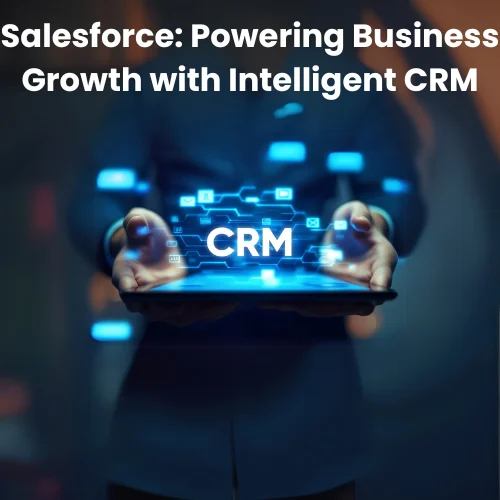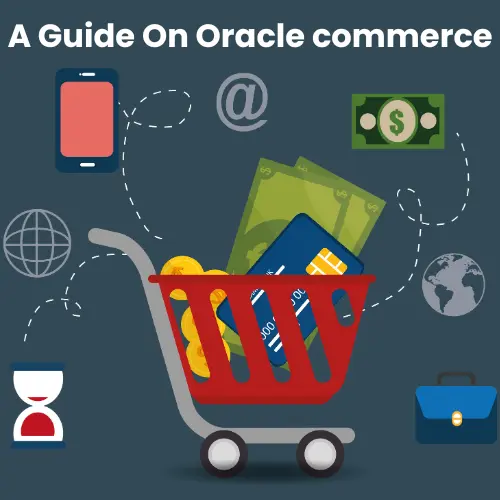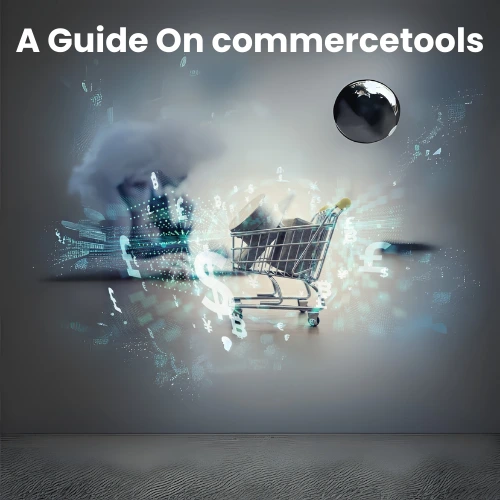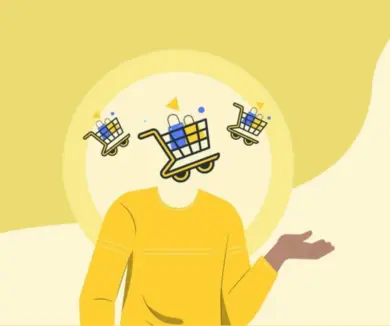Introduction
To stay competitive in the e-commerce world. Innovative solutions are crucial for streamlining development, improving user experiences, and enabling flexibility to meet evolving customer needs. The rise of headless commerce has provided businesses with the flexibility to create unique and tailored shopping experiences for their customers. One technology that has emerged as a game-changer in this context is GraphQL. In this blog, we’ll explore how GraphQL can significantly benefit headless commerce and why it has become a popular choice among developers.
Understanding Headless Commerce
Before diving into the specifics of GraphQL, let’s briefly review what headless commerce is and why it’s gaining traction in the e-commerce industry. Traditionally, e-commerce platforms provided a monolithic solution where both the front-end (the user interface) and back-end (server and data management) were tightly coupled. This approach often resulted in inflexibility, slower development cycles, and challenges in scaling.
Headless Commerce, on the other hand, decouples the front-end and back-end, allowing businesses to use the best tools for each part of their e-commerce stack. This separation empowers developers to build richer, more interactive user interfaces while leveraging various technologies and services on the back-end, such as microservices, APIs, and databases.
What is GraphQL and Where Did it Come from?
GraphQL is a protocol designed for building application programming interfaces (APIs). Its main purpose is to facilitate the exchange of data between different platforms and applications seamlessly. Developed by Facebook in 2012, GraphQL initially aimed to solve challenges encountered while building mobile applications for iOS and Android platforms. In 2015, Facebook released it to the public, and it eventually found a home as an open-source project hosted by the Linux Foundation.
Today, GraphQL manages billions of API calls daily and enjoys support from almost every major programming language. It has become a preferred alternative to REST-based APIs, particularly in the context of headless e-commerce.
Benefits of GraphQL in E-Commerce
Simplified Front-End Development: GraphQL accelerates front-end application development by providing real-time data updates, reducing the time spent on API-related tasks.
Improved Performance: By fetching only necessary data through parallel requests, GraphQL minimizes overfetching and underfetching, enhancing network performance and the overall customer experience.
Maintain Less Code: GraphQL eliminates the need for backend for frontend (BFF) and reduces code duplication. This streamlines development improves code maintainability, and ensures a consistent customer experience.
Build Cleaner Code Faster: GraphQL’s flexibility allows developers to add new fields to an API without adjusting existing queries, simplifies code management and troubleshooting.
Why GraphQL for Headless Commerce?
Flexible Data Retrieval: In headless commerce, product catalogs, inventory information, and user profiles can be scattered across various systems and services. GraphQL allows developers to compose complex queries that pull data from multiple sources in a single request. This eliminates the need for multiple round-trip requests, reducing latency and improving the overall shopping experience.
Customized User Experiences: Headless commerce based on offering personalized shopping experiences. GraphQL makes it easy to retrieve and display product recommendations, user-specific content, and tailored marketing campaigns, all in real-time. The level of personalization can significantly boost conversion rates and customer satisfaction.
Developer Efficiency: GraphQL simplifies the development process by providing a single endpoint for data retrieval. Developers can create and iterate on front-end components without being dependent on back-end changes. This separation of concerns streamlines development workflows, reduces bottlenecks, and accelerates time-to-market.
Optimized Mobile Apps: Mobile commerce is on the rise, and GraphQL is a perfect fit for optimizing mobile app performance. With GraphQL, mobile developers can fetch only the data they need for the mobile app, reducing payload size, and enhancing app responsiveness.
API Versioning and Evolution: GraphQL inherently supports versioning and deprecation of fields, making it easier to evolve your APIs without breaking existing clients. This is crucial in a rapidly evolving e-commerce ecosystem where businesses need to adapt quickly to market trends.
When Not to Use GraphQL for Headless Commerce?
While GraphQL offers many advantages, it’s not a one-size-fits-all solution.
Performance Considerations: Depending on the use case, GraphQL’s data retrieval might not always be more efficient. It’s crucial to assess specific performance needs.
Custom Business Logic: Implementing custom business logic in frontend applications can lead to complexity, especially with multiple frontend applications. Consider where and how your business logic should reside.
Caching Challenges: GraphQL’s caching limitations may pose challenges, particularly for headless content management systems (CMSs) or applications with large queries.
Is GraphQL Right for Your E-Commerce Network?
The decision to use GraphQL in your e-commerce framework depends on your specific needs and goals:
Complex Queries: If your e-commerce platform requires complex queries and you want to minimize data retrieval, GraphQL is an excellent choice.
Need for Customization: If you need highly customized frontend experiences for your customers, GraphQL’s flexibility can empower your development team.
Skill Set: Evaluate your team’s skill set, as GraphQL is supported by major programming languages, making it easier to adopt if your team is familiar with these languages.
In conclusion, GraphQL is a powerful tool that can revolutionize headless commerce by improving data retrieval precision, frontend flexibility, and development efficiency. However, it’s crucial to evaluate your specific requirements and challenges to determine whether GraphQL is the right choice for your e-commerce framework. When used strategically, GraphQL can help your business deliver exceptional shopping experiences to customers, setting you apart in the competitive e-commerce landscape.



